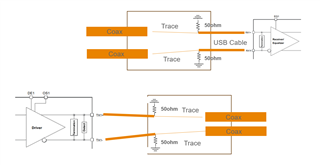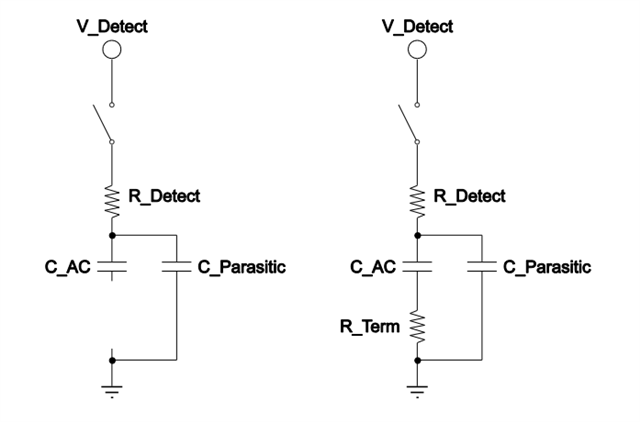Hi,
we are laying out a test board for our specialized connector. in testing the TUSB522p, we terminated both rx and tx with 50ohm resistor single-endedly to have an open eye in our testing. questions below
1. the TUSB522p's block diagram shows terminations built-in the chip. why does it still need external 50 ohm termination
2. what is the resistance range of this termination
3. why is the differential 90 external termination doesn't work.
thanks
bin



